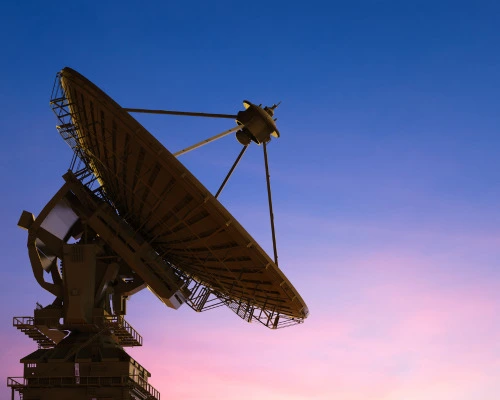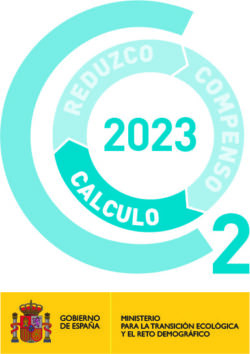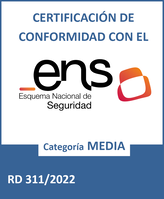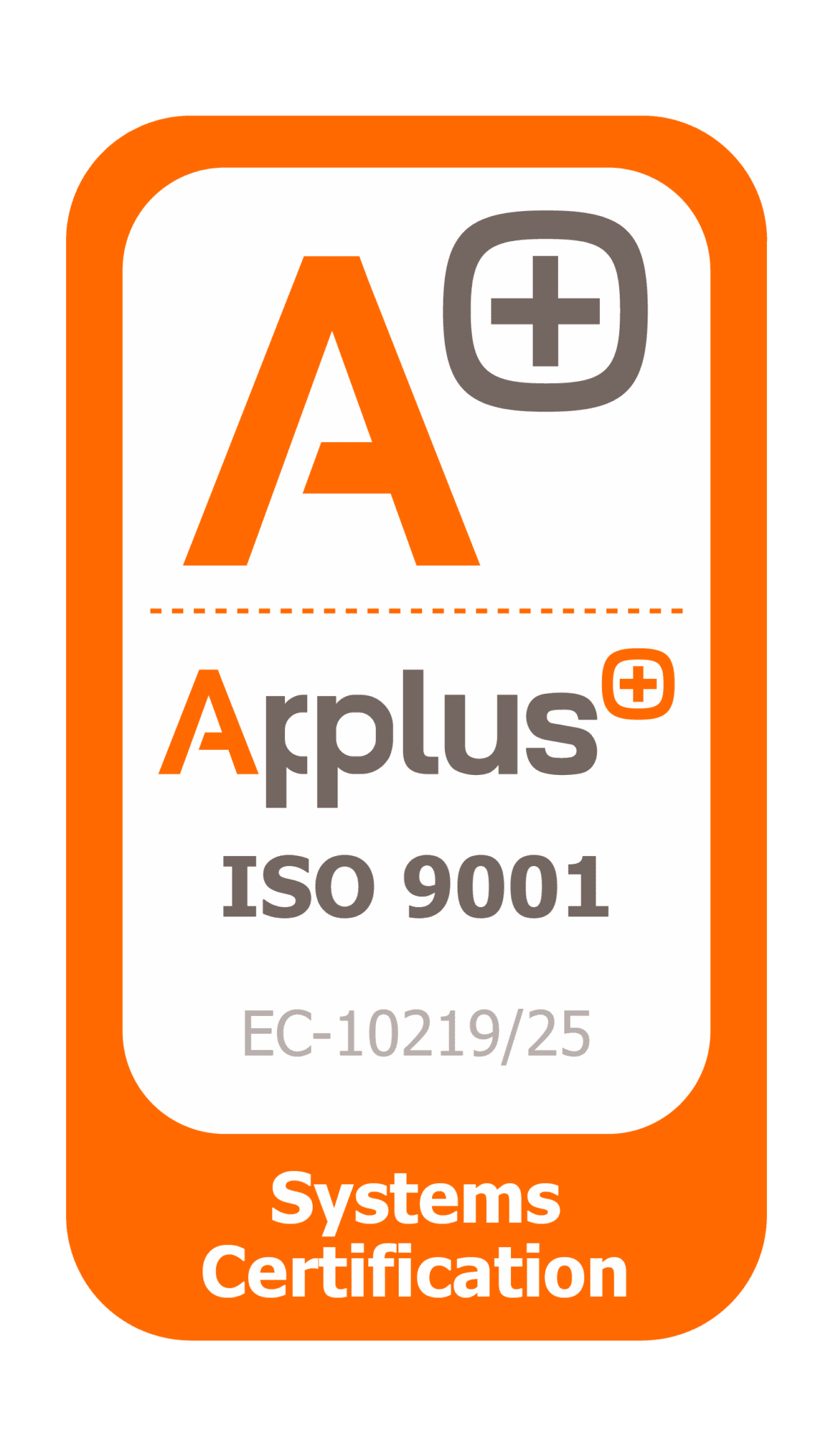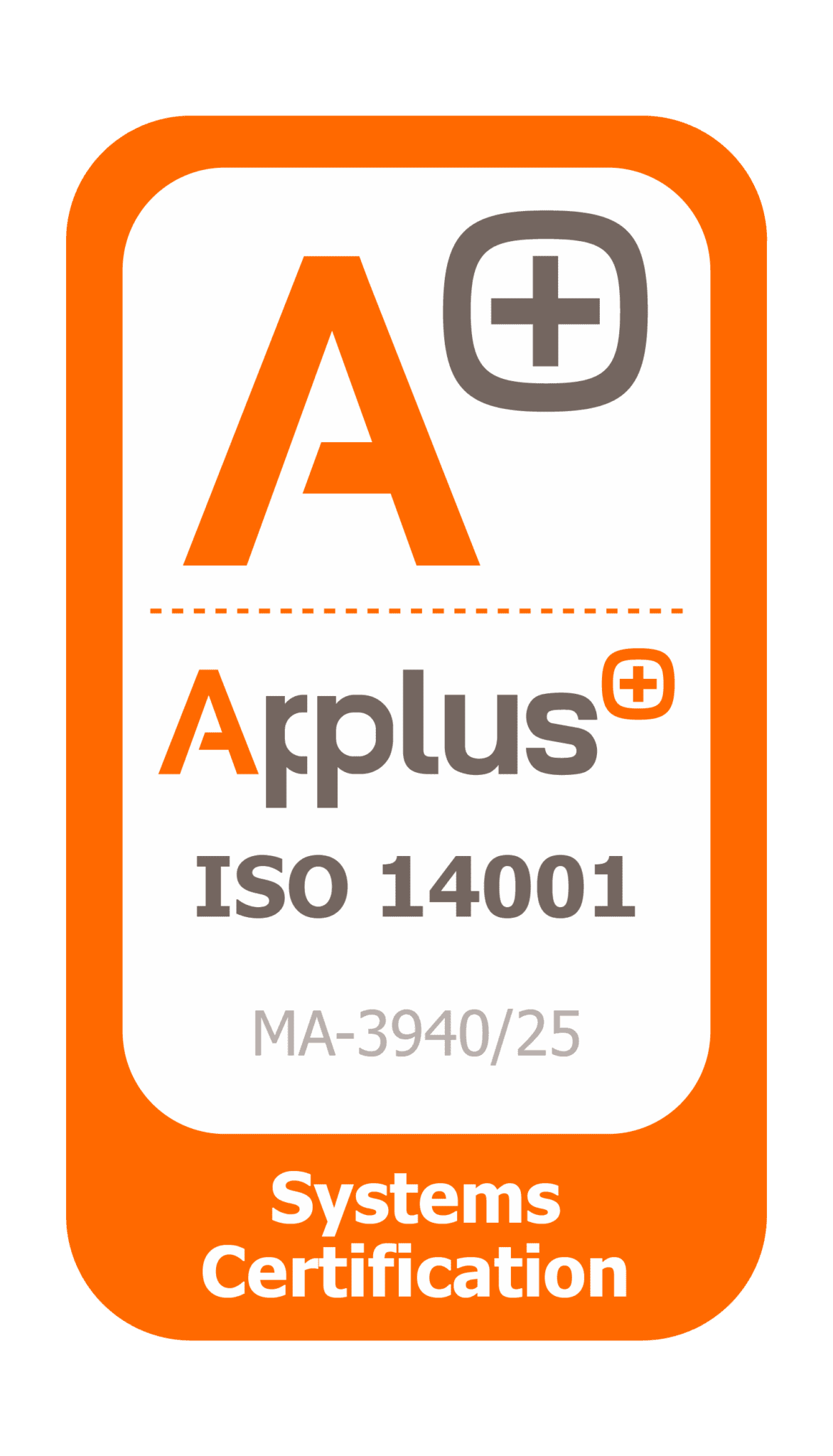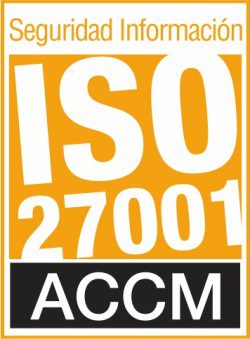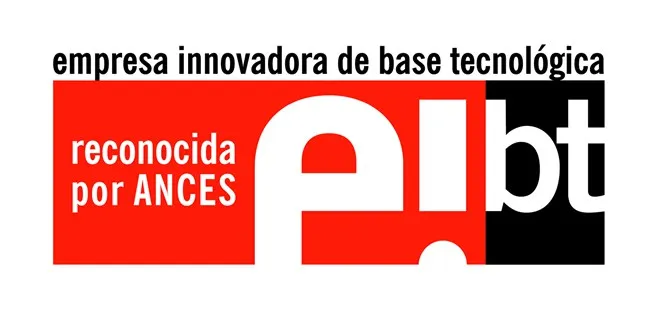The Internet of Things (IoT) has revolutionized the way businesses manage their assets and processes, enabling automation and remote monitoring through connected sensors. However, one of its main limitations is the dependence on terrestrial networks for data transmission. This is where IoT comes in handy. Satellite IoT makes a difference, providing seamless global connectivity, even in the most remote areas of the planet.
In this article, we will explore what Satellite IoT is, how it works, and its applications in key sectors such as agriculture, logistics, and energy.
What is Satellite IoT?
The Satellite IoT is a technology that enables communication between connected devices via satellite networks instead of terrestrial infrastructures, such as WiFi or mobile networks. Thanks to this capability, companies can collect and transmit data in rural areas, ocean areas or any location without access to traditional networks .
Unlike terrestrial IoT, which relies on telecommunication towers and fiber optic cables, Satellite IoT relies on constellations of low (LEO), medium (MEO) and high (GEO) orbit satellites to send and receive information in real time.
How does Satellite IoT work?
The Satellite IoT ecosystem is composed of:
- IoT sensors and devices : They collect real-time data on location, temperature, pressure, humidity, among others.
- Satellite networks : They transmit the information collected by the sensors to ground stations.
- Data management platforms : They allow you to view, analyze and manage the information transmitted by IoT devices.
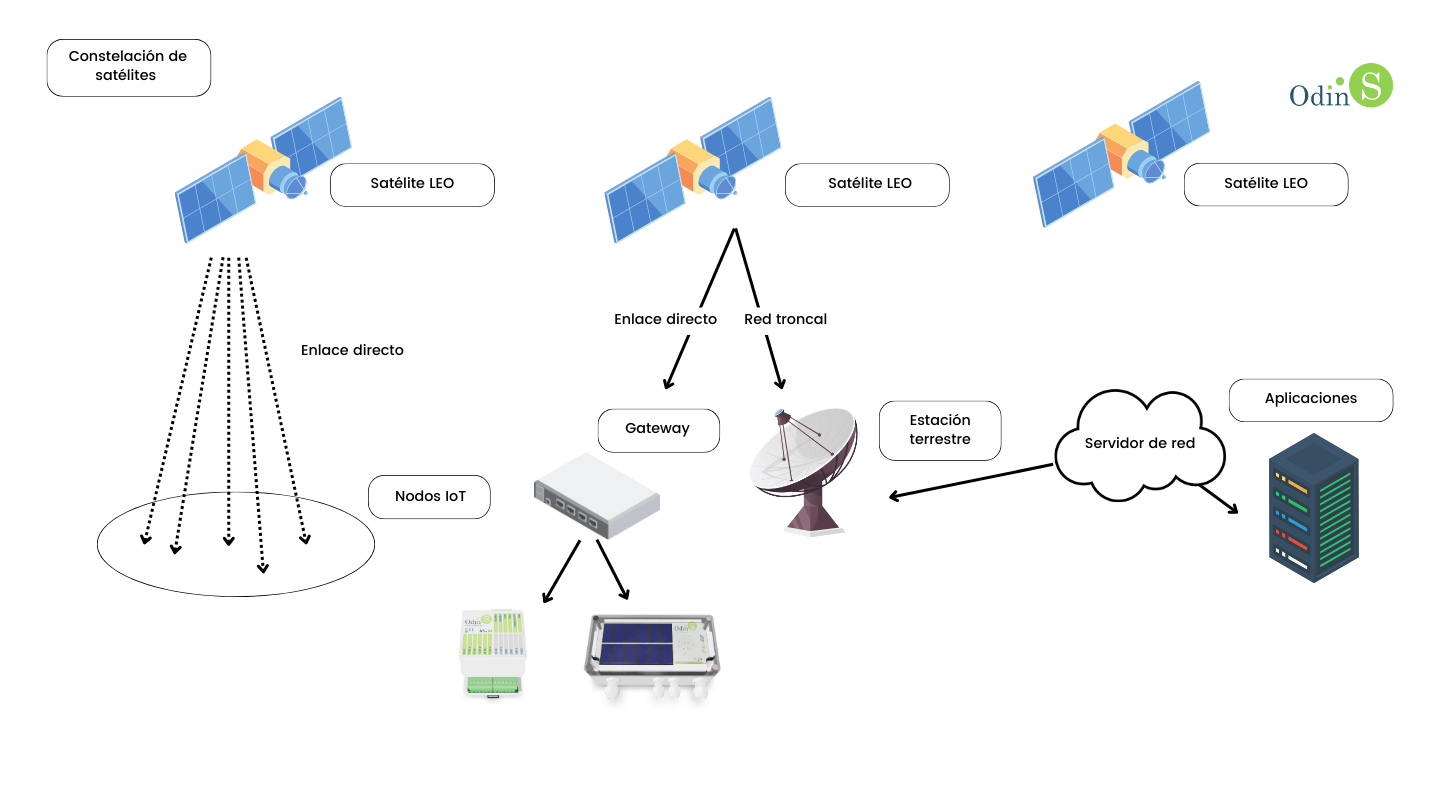
Advantages of Satellite IoT
1. Global Coverage, regardless of geographic location
One of the main advantages of satellite IoT is its ability to offer global coverage, regardless of geographic location. This is particularly valuable in remote, rural or extreme conditions, where terrestrial communication infrastructures, such as mobile phone networks or fiber optic cables, do not reach. Satellites can cover large regions of the planet, including uninhabited areas, oceans, deserts and mountainous areas, which would otherwise remain disconnected.
This aspect not only facilitates connectivity, but also has a significant economic impact. By eliminating the need to deploy expensive wired networks, such as fiber optics, in hard-to-reach places, satellite IoT significantly reduces infrastructure costs and deployment times. This represents a key advantage for businesses and governments, as they can bring connectivity to remote areas much more cheaply and quickly than with terrestrial solutions.
Thus, satellite IoT devices can monitor equipment, sensors and information systems without the physical barriers presented by traditional networks.
2. Low latency, especially with Low Orbit Satellites (LEO)
Latency, or the time it takes for a signal to go from one point to another, is a key factor in determining the efficiency of IoT connectivity. Although orbiting satellites geostationary (GEO) satellites have the ability to cover large areas, but they have a relatively high latency due to their distance from Earth (around 35,786 km). However, with the advent of low orbit satellites (LEO), latency has been drastically reduced.
LEO satellites orbit at much closer distances, between 500 and 2,000 km from Earth, allowing for much faster response times. This reduction in latency is crucial for real-time applications such as managing fleets on the move, monitoring remote health devices, and streaming real-time data from connected devices. With LEO, satellite IoT connections can be as fast and efficient as those provided by terrestrial networks, without losing the ability to operate in remote locations.
3. Energy efficiency, devices with years of autonomy
IoT devices, especially in the satellite domain, often operate in environments where there is limited or no access to power. Therefore, one of the most notable advantages of satellite IoT is its energy efficiency. Many of these devices are designed to run on long-lasting batteries or even solar power, such as the Mex03 datalogger controller , allowing them to remain operational for years without the need for intervention.
This energy efficiency is essential for applications such as environmental monitoring, precision agriculture , and remote infrastructure management, where conditions can make device maintenance costly or logistically challenging. Satellite IoT devices are able to send data via satellites with minimal power requirements, extending their lifespan and reducing overall cost. This autonomy also makes them easier to deploy in hard-to-reach environments, such as disaster areas, or on mobile platforms, such as moving ships and vehicles.
4. Scalability and flexibility for the future
Satellite IoT not only solves coverage and latency issues, but also offers scalability and flexibility as the number of connected devices continues to grow. With the development of new LEO satellite constellations, satellite IoT communication networks can be rapidly expanded, supporting billions of devices without the need for large investments in terrestrial infrastructure.
Furthermore, these networks are designed to easily integrate with other connectivity technologies, allowing for the creation of hybrid solutions that leverage the best of each technology, whether satellite, 5G or WiFi, depending on the needs of the environment and application. The flexibility of satellite systems ensures that, in the future, the IoT can continue to evolve to meet the demands of emerging industries, such as smart cities, autonomous vehicles or distributed renewable energy systems.
Satellite IoT Applications
Satellite IoT has applications in various sectors where traditional connectivity is not viable . Let’s look at some examples :
Satellite IoT in agriculture
- Real-time crop monitoring to optimize production.
- Intelligent irrigation management using humidity sensors.
- Pest and disease detection with predictive analysis.
Satellite IoT in industry
- Remote monitoring of infrastructure in extreme locations.
- Predictive maintenance to reduce operating costs.
- Leak detection and energy consumption analysis.
Satellite IoT in the environment and Smart Cities
- Real-time air quality and pollution monitoring.
- Forest fire prevention with temperature and humidity sensors.
- Natural disaster management through early warnings.
Challenges of satellite IoT
Satellite IoT offers a promising prospect for transforming global connectivity. However, despite its numerous advantages, it also presents a number of challenges that must be considered in order to harness its true potential. Some of these are:
- Initial implementation costs , although the technology is evolving to become more accessible.
- Latency in some critical applications , especially with GEO satellites.
- Regulations and standards , depending on the location and specific use of the technology.
The Future of Satellite IoT
Satellite IoT continues to evolve rapidly with the proliferation of LEO satellites, which offer low latency and higher data transmission capacity.. Además, la integración con redes 5G and artificial intelligence (AI) technologies will enable more efficient and accessible connectivity in the coming years. Recently, the ESA (European Space Agency) has achieved the first direct 5G connection with a satellite in low Earth orbit. See news.
With the growing adoption of Satellite IoT, it is expected that sectors such as agriculture (Smart Agro), smart cities ( Smart City ), energy and logistics, among others, will continue to invest in this technology to optimize operations and reduce costs.
At OdinS, we leverage the advantages offered by satellite connectivity to guarantee reliable and innovative solutions. We are committed to providing cutting-edge technology that optimizes connectivity, improves decision-making and facilitates the digitalization of processes regardless of location. With satellite IoT, we continue to drive digital transformation towards a more interconnected and efficient world.
Do you want to know how satellite IoT can transform your business? Contact us today and discover our customized solutions. Take connectivity to the next level! 🌍
Do you need help?
Fill out the form and we will
we will be able to contact you.
Our customer service hours are Monday to Thursday from 08:00 to 17:00, Friday from 08:00 to 15:00. We will try to respond to you as soon as possible.
